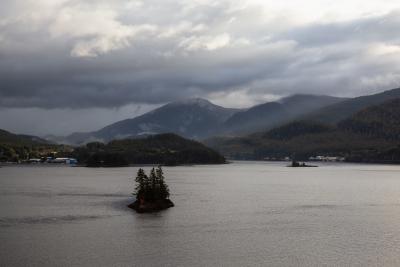Science for understanding and managing marine sound has been a decades-long priority for BOEM. Understanding down-the-hole (DTH) piling sounds and their potential effects on marine life is essential for BOEM to conduct environmental impact assessments and explore mitigation measures to reduce impacts should DTH pilling techniques be used for offshore wind facility construction. Dr. Shane Guan, a BOEM oceanographer who specializes in underwater acoustics, recently published a paper the examines the sounds and potential impacts of this relatively new pile installation method.
One of the concerns of offshore energy development is the noise generated from in-water pile driving into the seabed, an activity necessary in building platforms for energy extraction technology. The sound generated by the two conventional pile driving methods – impact and vibratory pile driving – have been well studied and their adverse effects on marine mammals and fishes are well documented. However, very few studies have been conducted to understand the sound from DTH pile drilling and its potential effects to marine life.
To further explore this method, Guan initiated a study from data collected during the construction of a cruise ship dock where DTH pile drilling was being conducted at Ward Cove in southeastern Alaska, not far from the Canadian border. Guan’s study provided the first insights of the sound characteristics (intensity, frequency, duty cycle) from DTH pile drilling.
The link to the study, published in The Journal of the Acoustical Society of America can be found here: https://pubs.aip.org/asa/jasa/article/151/1/310/2838146/Acoustic-characteristics-from-an-in-water-down-the
-- BOEM --
The Department of the Interior’s Bureau of Ocean Energy Management (BOEM) is responsible for America’s offshore energy and mineral resources. The bureau promotes energy independence, environmental protection and economic development through responsible, science-based management of energy and mineral resources on the U.S. Outer Continental Shelf.


